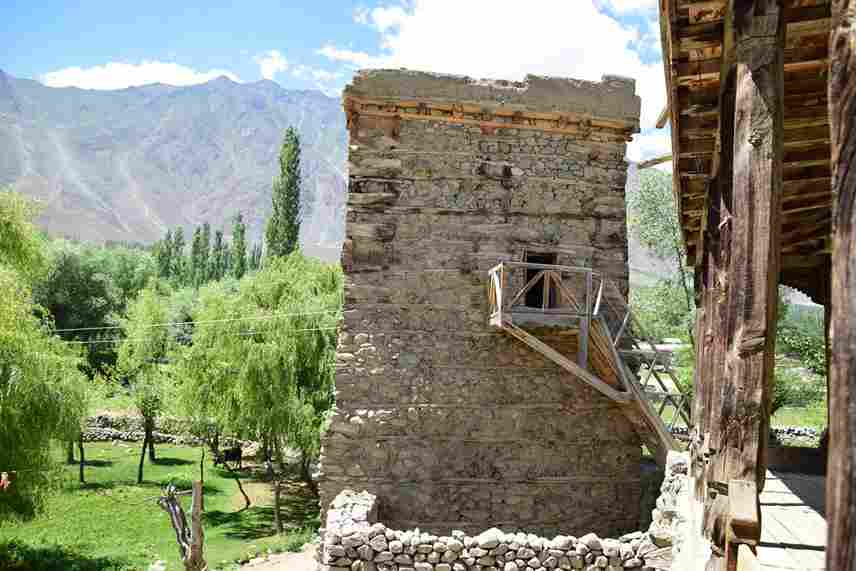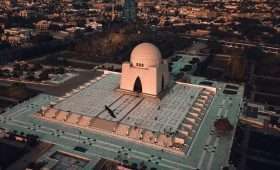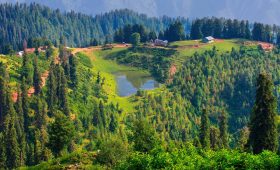The alluring beauty and breathtaking scenery of Gilgit-Baltistan are well-known around the world. The region is also well-versed in its rich culture, historic architectural legacy, and archeology, which is crucial. The most popular of the five forts in Gilgit-Baltistan is located in Hunza and the Baltistan area, respectively. Gilgit-biggest Baltistan tourist attractions are its forts. All tourists from Pakistan and other nations visit these forts to take in the history and culture of the past. Despite having already written a piece on each of them, I’ll give a quick overview of the main forts in Gilgit-Baltistan in this blog article.
Kharpocho Fort Skardu
Skardu’s historic architecture may be found at the Kharpocho fort. Most notably, from the summit of Kharpocho, one can overlook the entire city of Skardu. In Skardu city, Gilgit Baltistan, the Kharpocho Fort, also called Skardu Fort, is located. Kharpocho, which in Balti means “King of Forts,” is a breathtaking sight for visitors. Fort is located on a mountain, about 40 meters above the city. On the Indus River’s bank is where the fort is situated. The confluence of the Shigar and Indus rivers lies close to this fort. This location has a well-established history that demonstrates how the king and queen formerly resided here with their family.
Late in the 16th century, the fort was constructed by King Ali Sher Khan Anchan. In several conflicts, the fort served as a military front. Local soldiers became aware of the conflict and the fort’s placement in the town during the struggle against the Dogras, the region’s rulers at the time of the subcontinent’s split. To monitor the entry and departure points of Skardu city, they first occupied the fort.

Altit Fort Hunza
According to folk tales, Altit Fort Hunza is about 900 years old. Nearly 3 kilometers from Karimabad, on the Hunza River’s bank, is the Altit Fort. The Hunza Valley’s capital is Karimabad. Altit signifies the lower side in Arabic. This fort is constructed of sturdy stones and wood, just like the other forts in Gilgit Baltistan. The Hunza River appears to be bending in front of the Fort below it. Observing its creation, we can only speculate about how diligent these folks were. The Hunza valley can be seen in all its glory from the Altit Fort.

Shigar Serena Fort
The Shigar Fort is situated in Gilgit Baltistan’s Mal Shigar District. This fort was constructed in the 17th century by Raja Hassan Khan Amacha of the Amacha Dynasty. This fort dates back over 400 years. They have been built from clay, stone, and wood. Along with them, all of Kashmir’s artisans were asked to help build the fort, and local workers joined them.
Another name for the Shigar Fort is “Fongs Khar.” In Balti, the language of the Baltistan area, the words for Fongs and Khar respectively denote huge stones and forts. An ideal restoration of the old building is the Shigar Fort. This is due to the Fort’s location atop a rock. Nearly 32 kilometers separate from Skardu city.
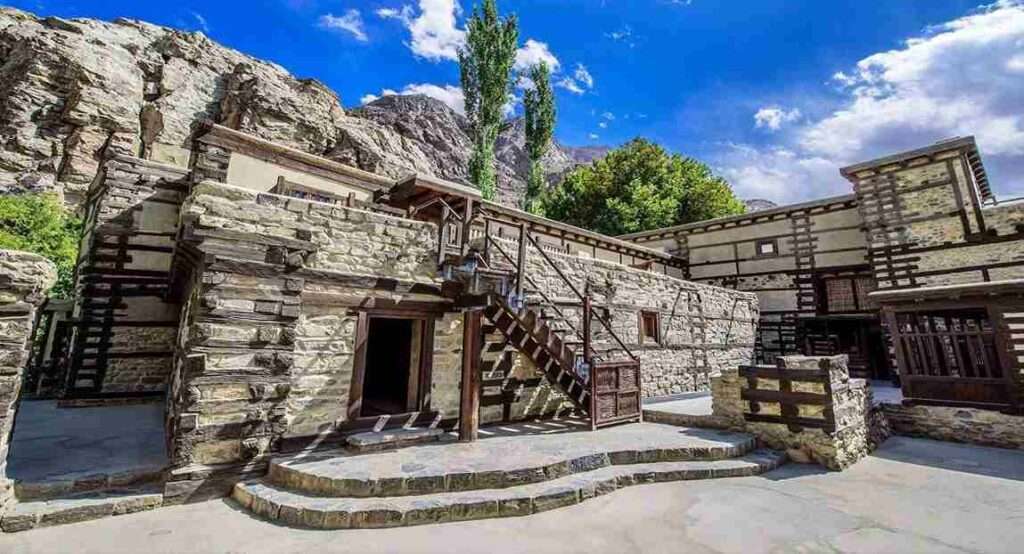
Baltit Fort Hunza
In the Hunza valley, there is a fort that is over 800 years old entitled Baltit Fort. The Fort is visible from the valley below, perched atop the mountain like a crown. This fort’s venerable old-style architecture deserves praise. The Hunza monarchs’ residence was the Baltit Fort, which was constructed on a sturdy foundation of heavy stones and timber.
The old steps also appear wonderful and one-of-a-kind. In the Fort, a museum has also been constructed. Everything from the past has been preserved at this museum. Therefore, there are also antique letters, utensils, pots, and clothing from the Mir’s past. All are constructed from soft stones or wood. Additionally, there are several musical instruments available.
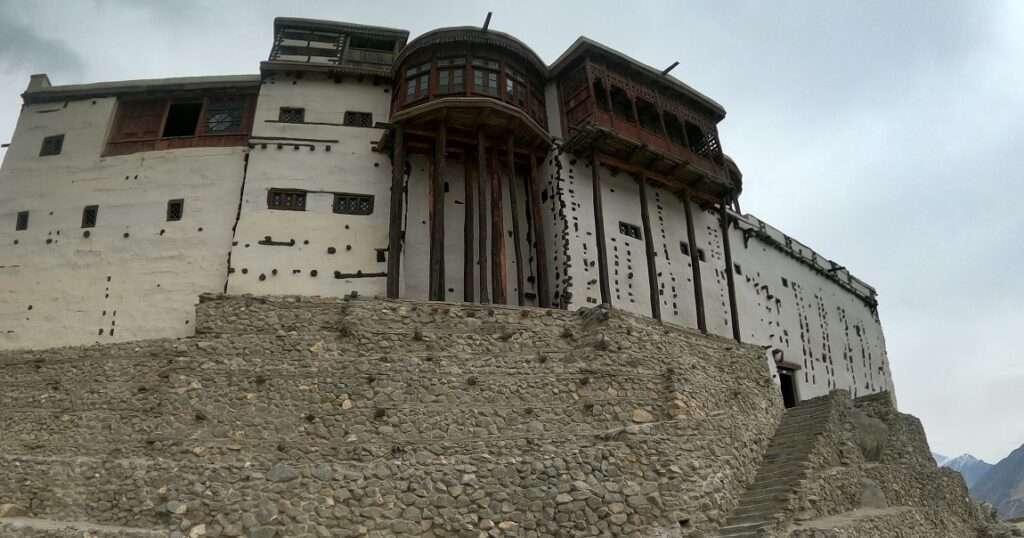
Khaplu Palace Fort
One of the ancient forts located across Baltistan is the Khaplu Fort. Fort has constructed 400 years ago. This nevertheless serves as a reminder of Baltistan’s history. For the original building of this fort, Iranian master craftsmen were invited. Who constructed it as a magnificent Islamic-style masterpiece. The structure is well-known for its peculiar texture, and the woodwork that was done on it is unusual in every way. With excellent expertise in the Mughal, Kashmiri, and Iranian styles, the work on the roofs, windows, and doors has been completed.

Chilas fort
An ancient historical site is Qila Chilas or Chilas fort. Later, the British troops invaded and took control of Chilas Fort, converting it into a fortress. The army garrison was in charge of ensuring the supply line could cross the Babusar summit safely. This fort’s fate didn’t alter much; it is now the Chilas police headquarters.
Historical forts all around Gilgit Baltistan have been converted into a profitable cash cows as a result of the rapid changes in the tourism industry. Before now, Qila Chilas has never been in the social media limelight. It’s time to rebuild and reopen this magnificent location.
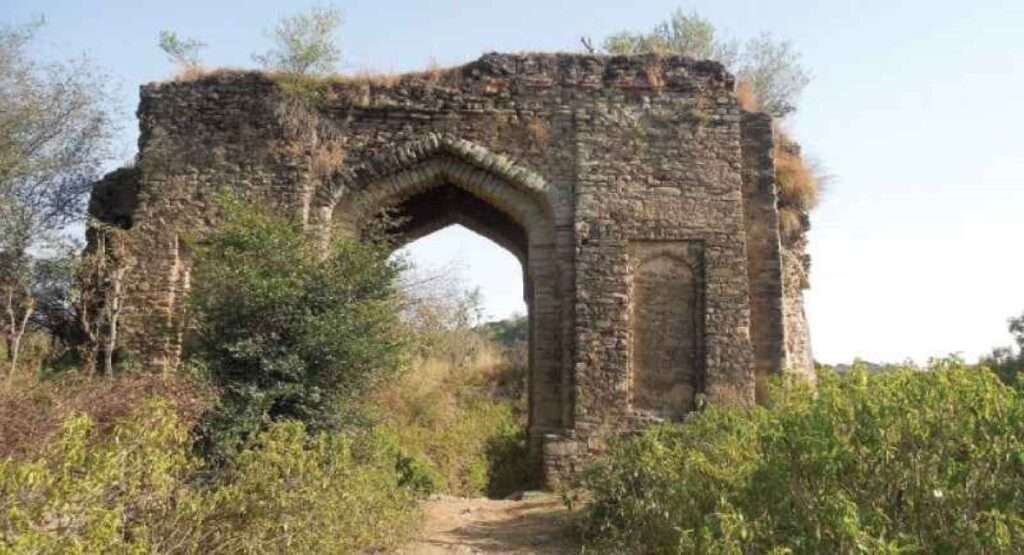
Gupis Fort
The Gupis Valley lies in the Gilgit-Baltistan region of Pakistan, 112 kilometers to the west of Gilgit, on the Gilgit River’s bank. The Gupis is located at a height of 2176 meters. The military originally utilized this fort as a defensive structure.
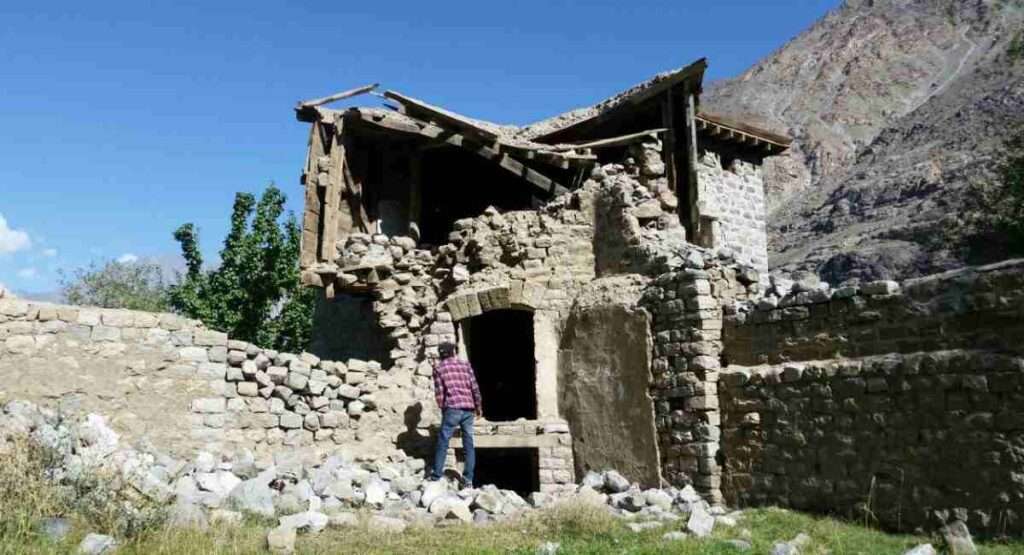
Gahkuch Fort
The Ghizer District’s capital is Gahkuch. In Ghizer, Gilgit Baltistan, Gahkuch is one of the most picturesque and historic villages. It is located 72 kilometers from Gilgit, the capital of Pakistan’s independent Gilgit-Baltistan state. It is a stunning town with mountains, glaciers, and several little hills all around it. It is an ancient fort situated in a picturesque area to explore in Gahkuch Bala.

Modori Fort
At the end of the Sandi Yaseen valley, at a height of 150 meters, the Modori Fort is situated at the junction of the Asumbar and Qorqolti rivers. It is made of a rough, jagged rock that, in terms of its defensive design, is comparable to the fort of Alamut. When the unsightly Lanka of the house is destroyed, the gates are defenseless, and the steel walls are likewise a wall of sand. Who had the luxury of being unbeatable in his time.
A mystical and fabled realm where time stops, the rotations cease, and all of life’s troubles vanish from existence is described as such by someone with an artistic sensibility. All theories of annihilation and survival seem to be meaningless in this situation. By using their imagination while sitting here, one might feel the anguish of the past.z

Dorkhand fort Yassin
Yasin is a large, expansive collection of towns and cities that make up Yasin Valley. The fort that Gohar Aman, one of the valley’s most illustrious rulers, constructed is still visible. Gohar Aman was the father of Mir Wali, who is typically accused of killing George Hayward in “The Great Game.”
Although you might need some local guidance to locate Yasin Fort on the west bank of the river, it boasts a sizable, brand-new mosque inside the courtyard, together with the previous mosque’s original carved pillar. The fort’s one tower is still intact, but the door is still locked. Gohar Aman’s burial is located next to the little plank bridge, down by the river. It is a straightforward Muslim shrine that is encircled by a low, uneven wall.
